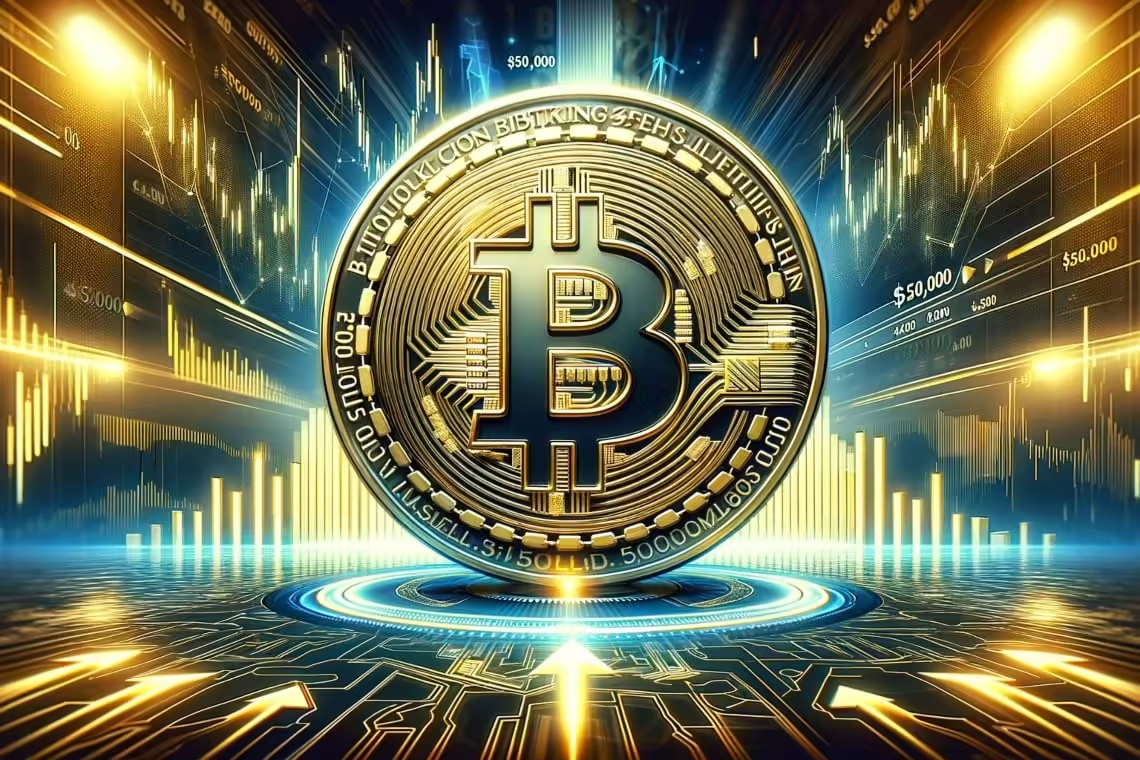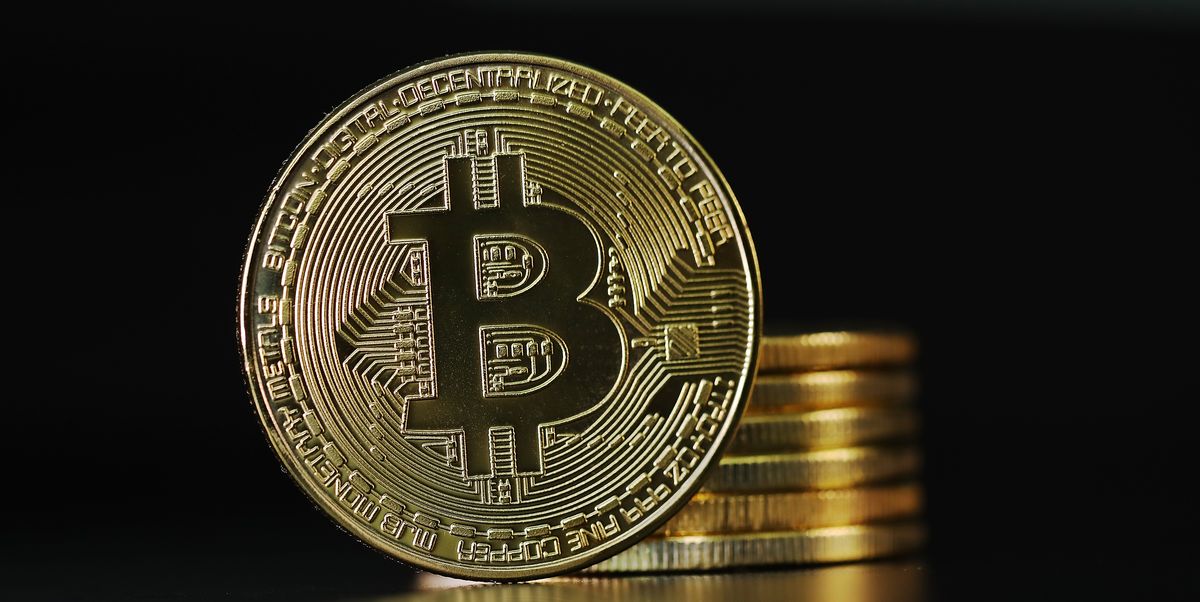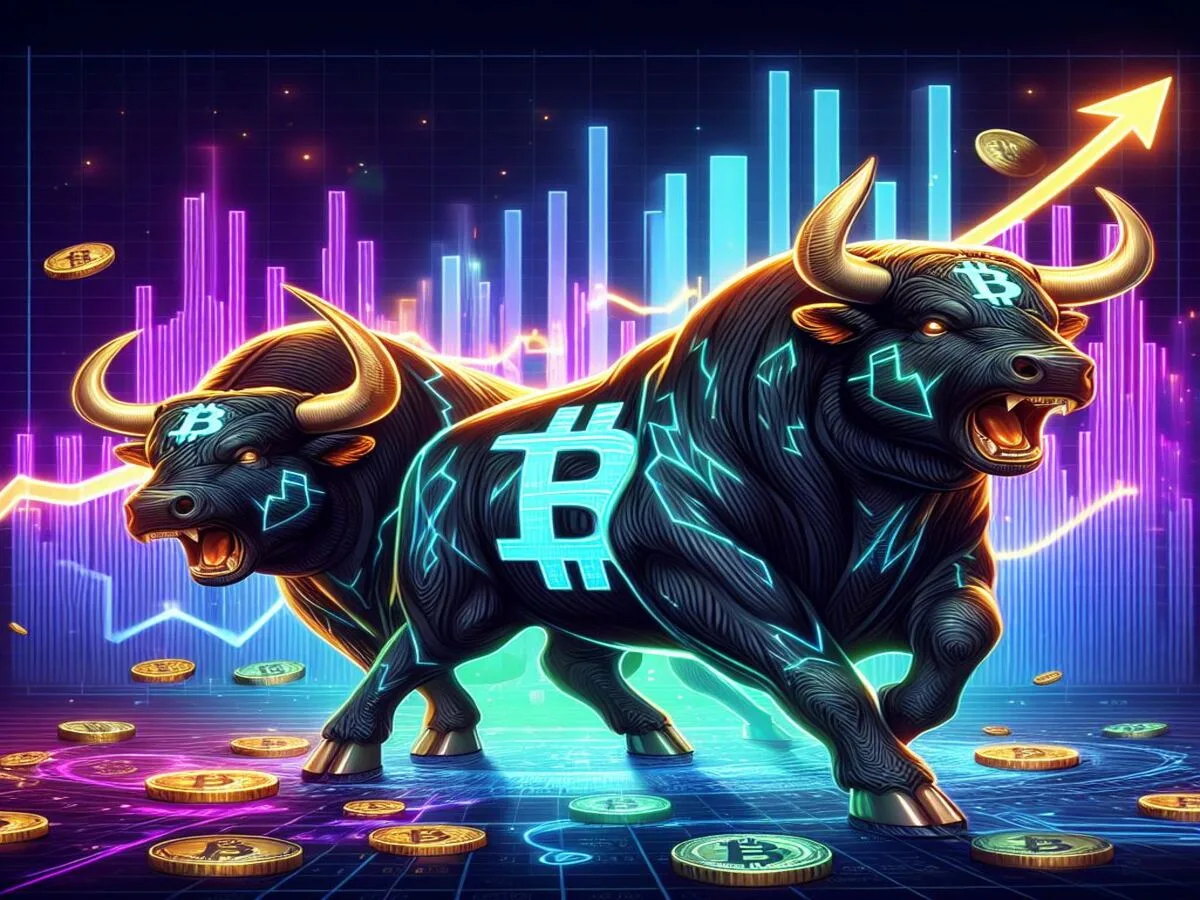|
Getting your Trinity Audio player ready...
|
In a significant development for the cryptocurrency world, over 41.5% of the Bitcoin owed to creditors of the defunct Mt. Gox exchange has been redistributed, yet many are choosing to hold onto their coins. This redistribution, completed by Kraken on July 24, has seen approximately 59,000 BTC—worth around $4 billion—returned to the creditors after more than a decade of waiting.
Mt. Gox, once a leading Bitcoin exchange based in Japan, collapsed in 2014 following a massive security breach that resulted in the loss of 850,000 BTC. The fallout from this hack, one of the largest in cryptocurrency history, left around 127,000 creditors waiting for their funds to be recovered.
According to a recent report by Glassnode, despite receiving substantial Bitcoin payouts, creditors are demonstrating a marked reluctance to sell. “Creditors opted to receive BTC rather than fiat, which was a novel approach in Japanese bankruptcy law,” the report states. This choice may indicate that a significant portion of the distributed coins will remain in long-term holdings rather than entering the market.
The absence of a substantial sell-off is supported by exchange data. Glassnode’s analysis of the spot cumulative volume delta (CVD), a metric tracking net trading volumes, shows no dramatic increase in selling activity on Kraken post-distribution. “We can see a marginal uptick in sell-side pressure following the distribution, but it remains within typical day-to-day ranges,” the report notes.
This trend is intriguing, especially given the dramatic price increase of Bitcoin over the past decade. Since Mt. Gox’s collapse, Bitcoin’s value has surged over 8,500%, suggesting that creditors could have realized significant profits if they chose to sell. Instead, the prevailing behavior among these investors aligns with a trend known as “hodling,” a term used in the crypto community to describe the act of holding onto assets rather than selling.
Recent data reinforces this shift in investor behavior. Glassnode observes a notable decline in the proportion of Bitcoin held by new investors, a pattern reminiscent of macro market peaks. Presently, over 65.8% of the total Bitcoin supply has been inactive for more than a year, and more than 54% has been untouched for over two years.
This hesitance to sell highlights a broader trend among long-term Bitcoin holders, who appear to be prioritizing long-term investment over immediate gains. As the market adjusts to the distribution of Mt. Gox’s Bitcoin, the enduring preference for holding underscores a stabilizing influence that could mitigate potential sell pressure and contribute to Bitcoin’s continued stability.
Disclaimer: The information in this article is for general purposes only and does not constitute financial advice. The author’s views are personal and may not reflect the views of Chain Affairs. Before making any investment decisions, you should always conduct your own research. Chain Affairs is not responsible for any financial losses.




